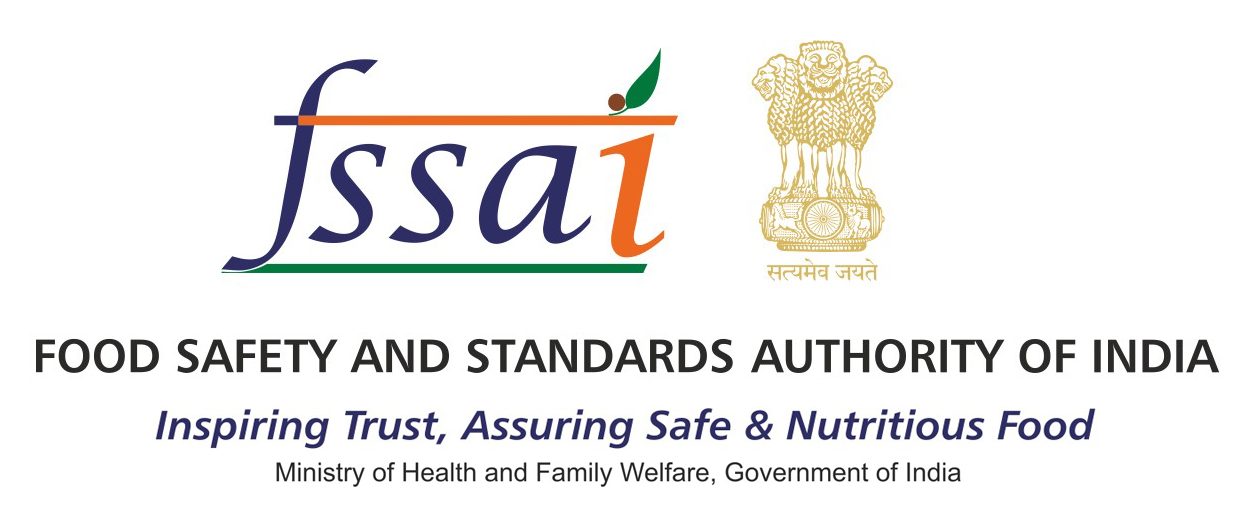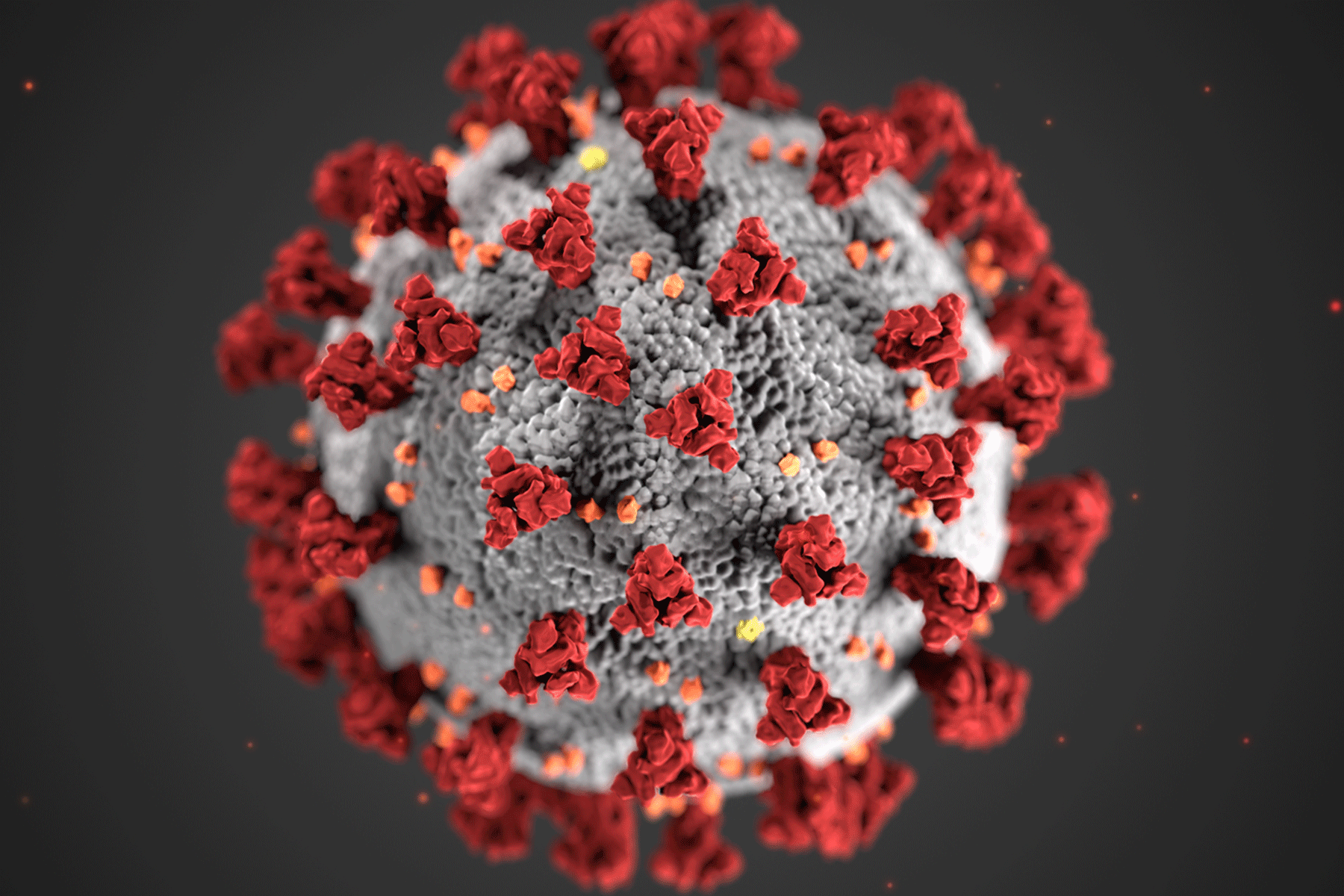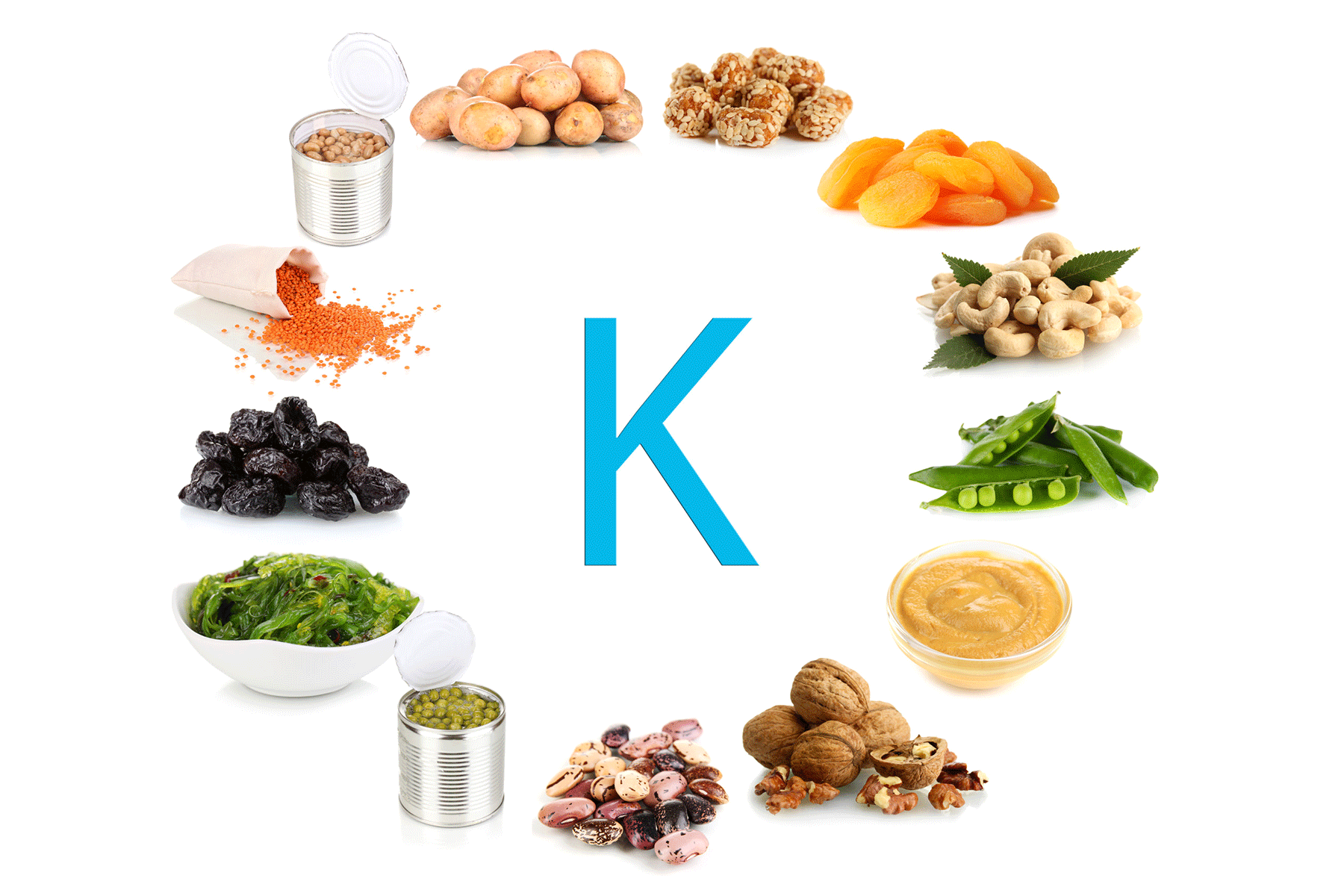The global food processing industry depends heavily on synthetic plastics like low-density polyethene (LDPE), high-density polyethene (HDPE), and polystyrene (PS) for food packaging. While these petroleum-based materials offer strength and flexibility, their widespread use contributes to plastic waste, raising environmental and health concerns due to microplastics and nanoplastics. Addressing this challenge, researchers at the National Institute of Technology (NIT) Rourkela have developed biodegradable food packaging solutions using agricultural byproducts, paving the way for a circular bioeconomy.
Transforming Agricultural Waste into Eco-Friendly Packaging
Under the leadership of Dr. Preetam Sarkar, Associate Professor in the Department of Food Process Engineering, and his PhD student Ravichandran Santhosh, the research team has been harnessing natural polymers from agricultural waste. Their primary focus is tamarind kernel polysaccharides, an abundant but underutilized byproduct in India. Tamarind kernels are rich in xyloglucans, a type of hemicellulose known for its mechanical strength and barrier properties, making it a promising material for food packaging.
To enhance the properties of tamarind-based films, the team incorporated starches from jackfruit seeds (Artocarpus heterophyllus), jamun seeds (Syzygium cumini), and litchi seeds (Litchi chinensis). These starch-based biocomposites improved the flexibility, durability, and shelf-life extension capabilities of the packaging materials, making them suitable for preserving perishable foods.
Advancing Packaging with Nanotechnology
The team further strengthened the films by integrating nanomaterials such as:
-
Zinc oxide nanoparticles
-
Chitosan nanoparticles
-
Lignin nanoparticles
These nanocomposites significantly enhanced the antimicrobial and antioxidant properties of the packaging, offering protection against foodborne pathogens like Bacillus cereus and Escherichia coli. The improved films also exhibited mechanical properties, including tensile strength and Young’s modulus, comparable to conventional plastics like polypropylene and LDPE. Additionally, their superior hydrophobicity ensured better moisture resistance, safeguarding food quality.
Biodegradable Films for Extended Freshness
The biodegradable packaging developed by NIT Rourkela has shown remarkable potential in preserving perishable foods such as tomatoes, sapota, and bananas. By reducing spoilage and minimizing plastic waste, this innovation presents a sustainable alternative to conventional packaging, marking a significant step toward environmentally responsible food preservation.
Source: Foodtech Network
 Food Manifest
Food Manifest 


















